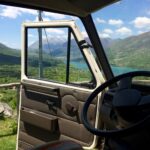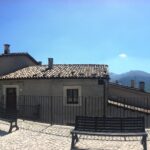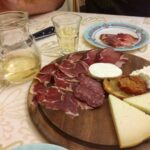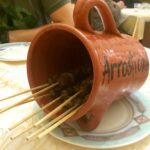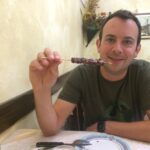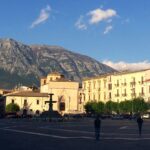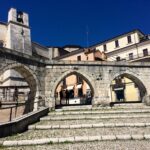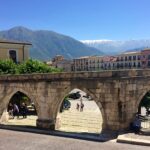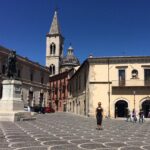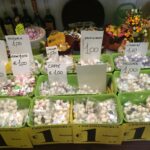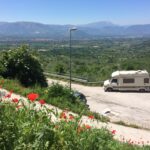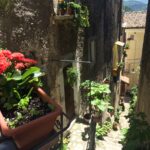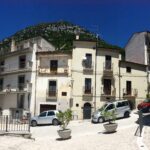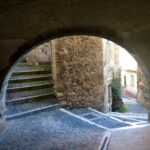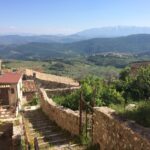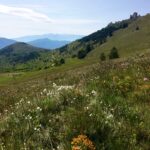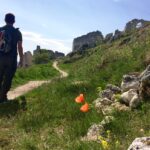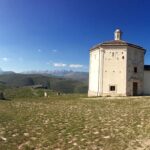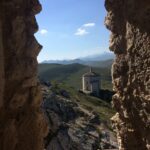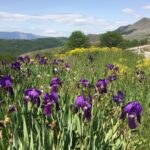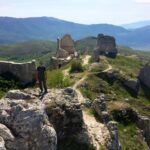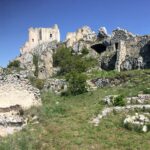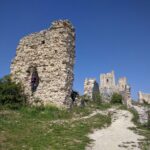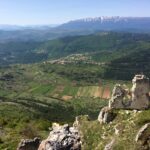Despite being only ~100 miles east of Rome, Abruzzo remains one of Italy’s most unspoiled regions. Marvelously unspoiled. With three national parks and the Apennine mountains in its interior and coastal sandy beaches along the exterior, the diversity of activities and gastronomy are incredible and endless. Dozens and dozens of medieval towns and castles line the lush woods of the parks, making “village hopping” quick and convenient. Food is not only some of the best in Italy, but also the cheapest—it is agriturismo at its purest. Beautiful hikes, medieval villages, the best Italian food, and a peaceful atmosphere are the expectations in Abruzzo. And best of all? Hardly any other tourists. On the rare occasion we stumbled upon other English speakers (twice), we were asked, “What brings you here?” All the non-locals know that Abruzzo is a special place that most haven’t heard of.
Because the region is rural, I imagine getting there from a major airport would be quite difficult, which probably contributes to the lack of tourism. A car is a must for exploring the area, but there is plenty of free parking, even for motorhomes!
There are simply too many things to do in Abruzzo; I spent at least 5 hours narrowing my selection down to several villages, restaurants, and hikes of interest in Abruzzo’s mountains. I lay out my itinerary below, but remember, there are dozens more sites worth seeing.
Driving along Abruzzo’s mountainous region entailed scenery such as this: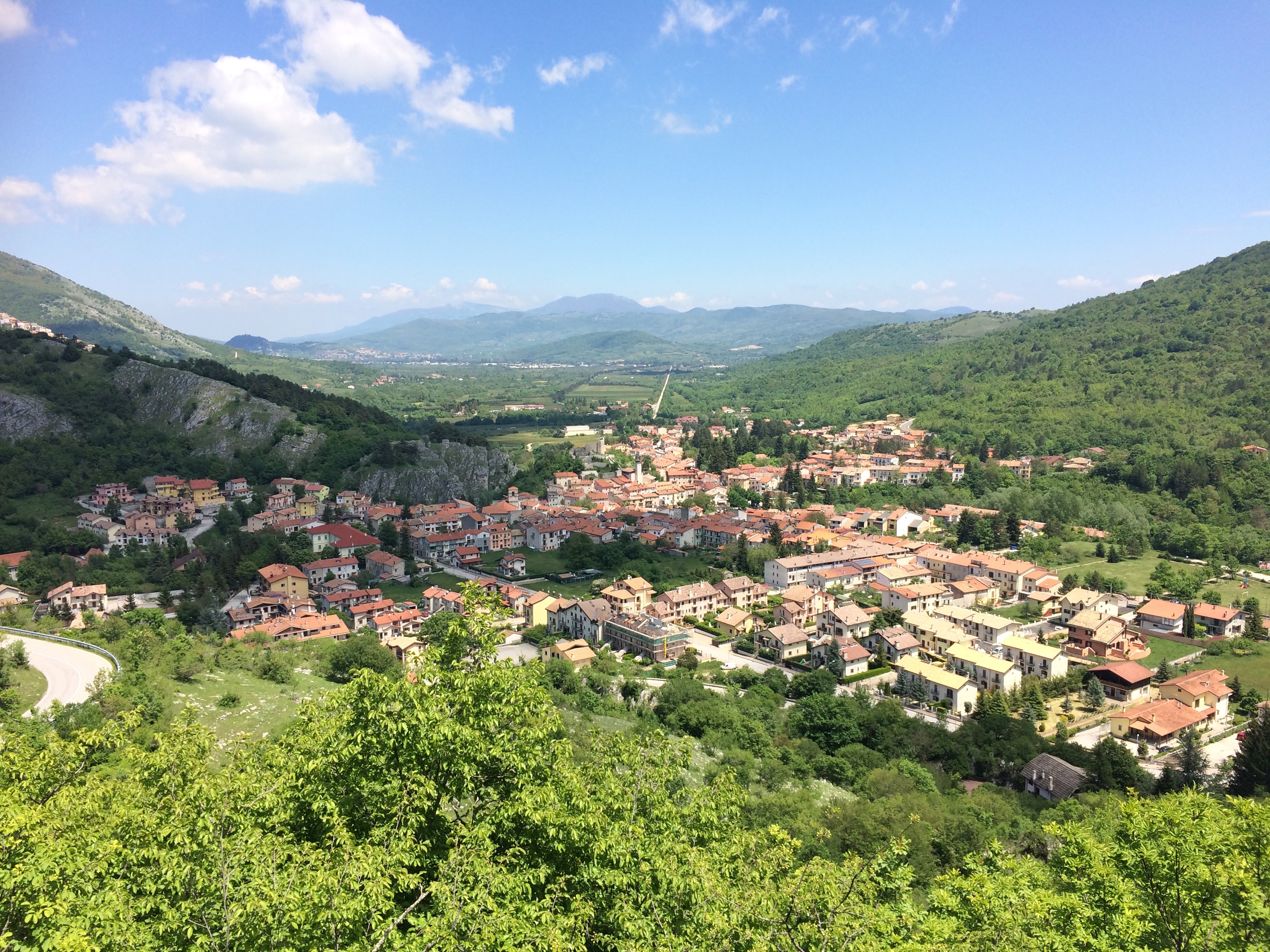
Our first stop was Barrea, perhaps the most beautiful village in the region along the edge of Abruzzo National Park. Free parking across the street from the village’s campground:
The best view of Lago di Barrea from the village: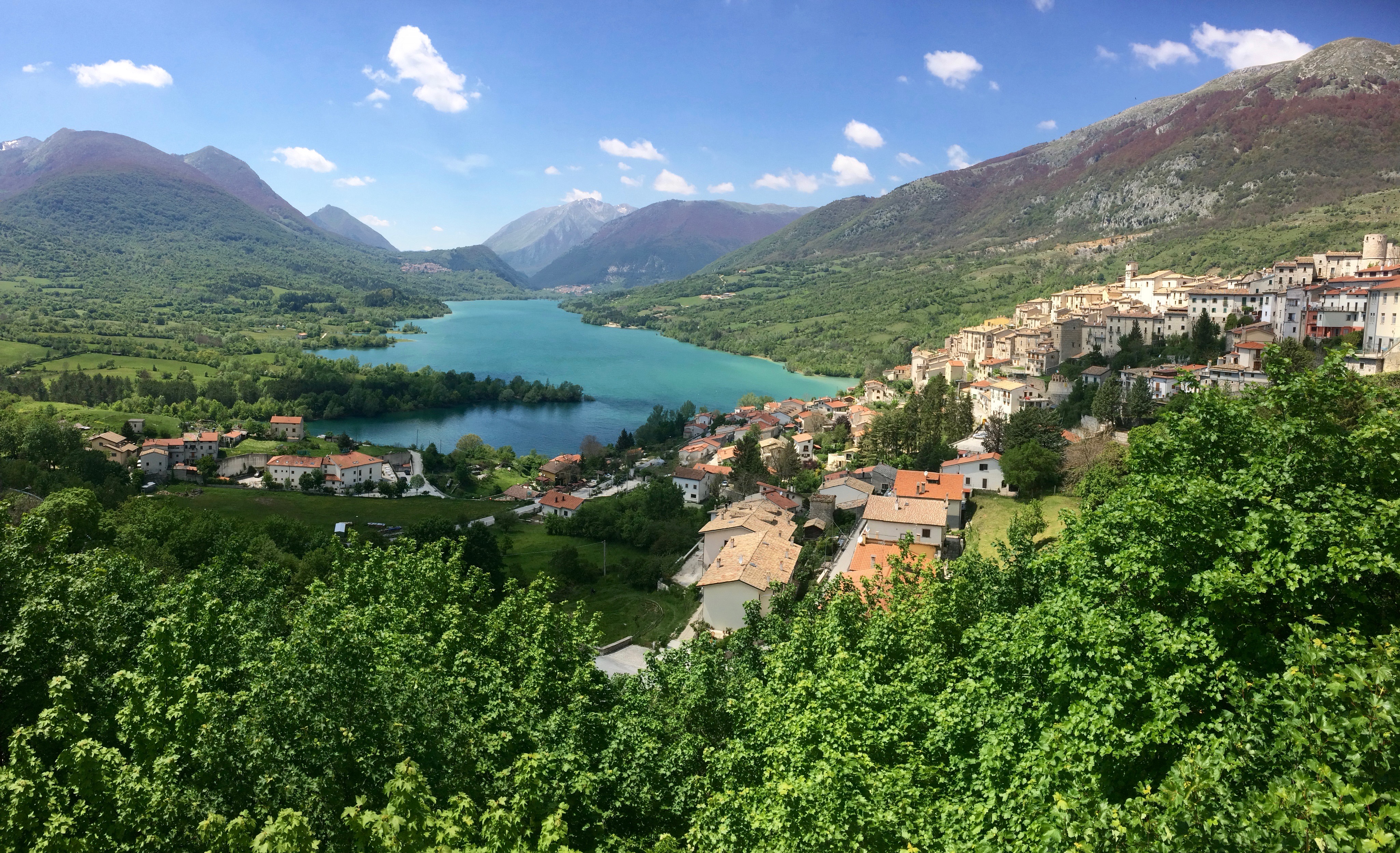
Strolling through Barrea’s tiny, medieval streets:
We chowed down on some antipasti and arrostocini, Abruzzo’s famous lamb skewers. Remember, this region is rural, meaning the meats and cheeses are from animals they raise—literally from farm to table.
Next, we fell in love with the big little town of Sulmona, about an hour’s drive north of Barrea. It was the weekend when we arrived, and we enjoyed watching the locals, young and old, gather and mingle in the gorgeous town square.
For dinner we ate homemade spaghetti cacao e pepe (spaghetti with cheese and black pepper) and ricotta ravioli with pumpkin sauce and smoked ham at Vecchio Muro. My spaghetti even came in its own parmesan cheese bowl. WOW. We were spoiled by this restaurant. For €31, we devoured the best pasta we’ve ever had, along with red wine, mineral water, and dessert.
Also famous in Sulmona was the confetti di Sulmona, which I eventually figured out was…candy! And not just any candy…imagine a candy-coated chocolate almond (like an M&M) but instead of chocolate, there are dozens of flavors like orange, vanilla, and coffee. I ended up purchasing chocolate fondue, tiramisu, and ricotta pear. YUM!
Ten kilometers up the hill east from Sulmona was the medieval village and castle of Pacentro, nestled along the edge of Majella National Park. It was quite the sleepy village, but we came only for the views.
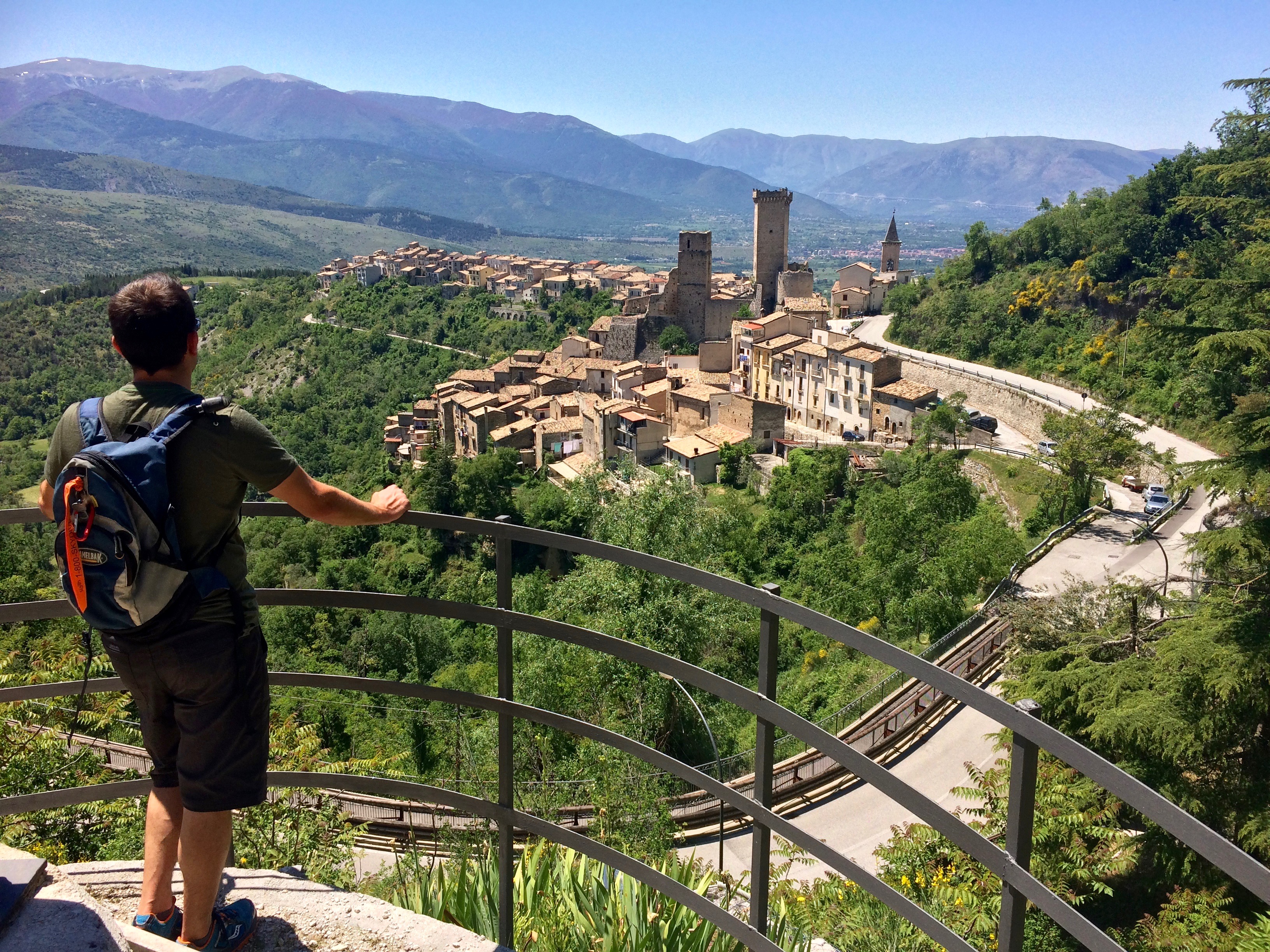
About another hour’s drive north from Sulmona/Pacentro was Calascio, nestled in Gran Sasso e Monti della Laga National Park. Of all the villages we’d seen, I found Calascio’s medieval streets the most charming.
However, we didn’t visit Calascio for the village. We came for Rocca Calascio, the ruins of Italy’s highest fortified castle. A quick hike through town led us to the ruins, and the views along the way were spectacular.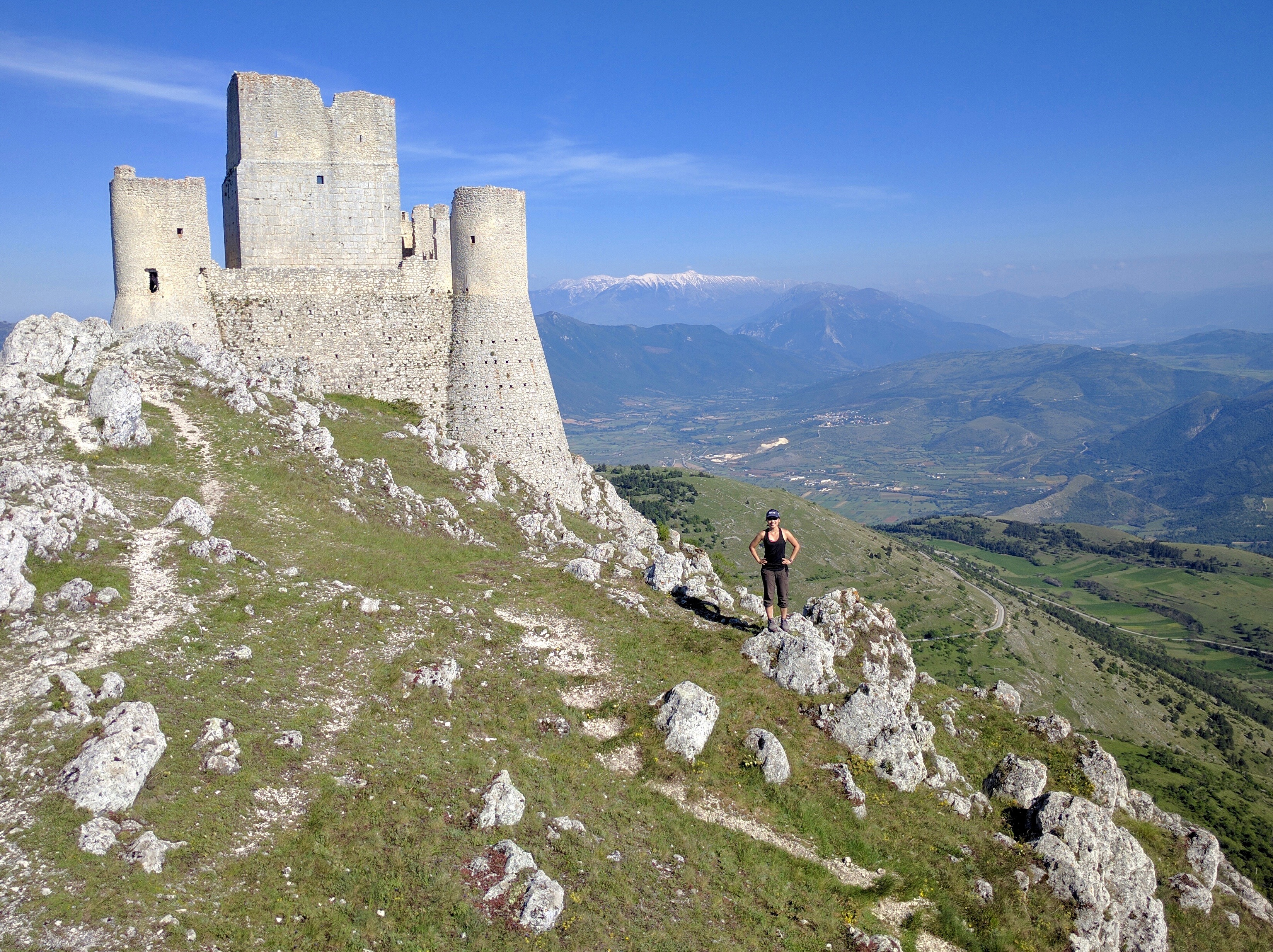
We enjoyed the hike so much that we returned again the next morning for morning lighting and and solitude. This time, we began from Santo Stefano di Sessanio, only a 15-minute drive away from Calascio. Although the once-gorgeous village was under scaffolding and repair, we still managed to find overnight parking in a beautiful, remote location beside the village pond.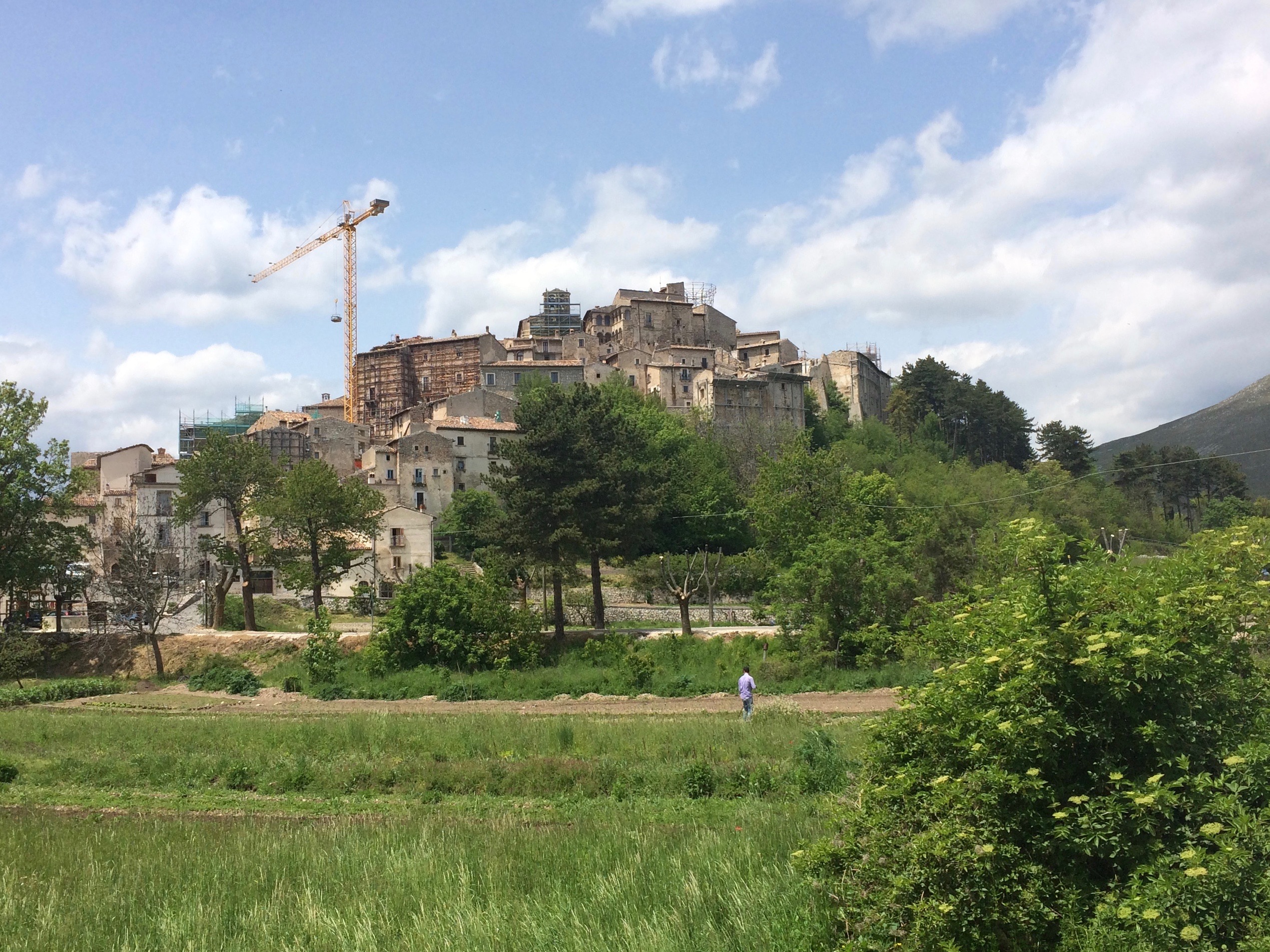
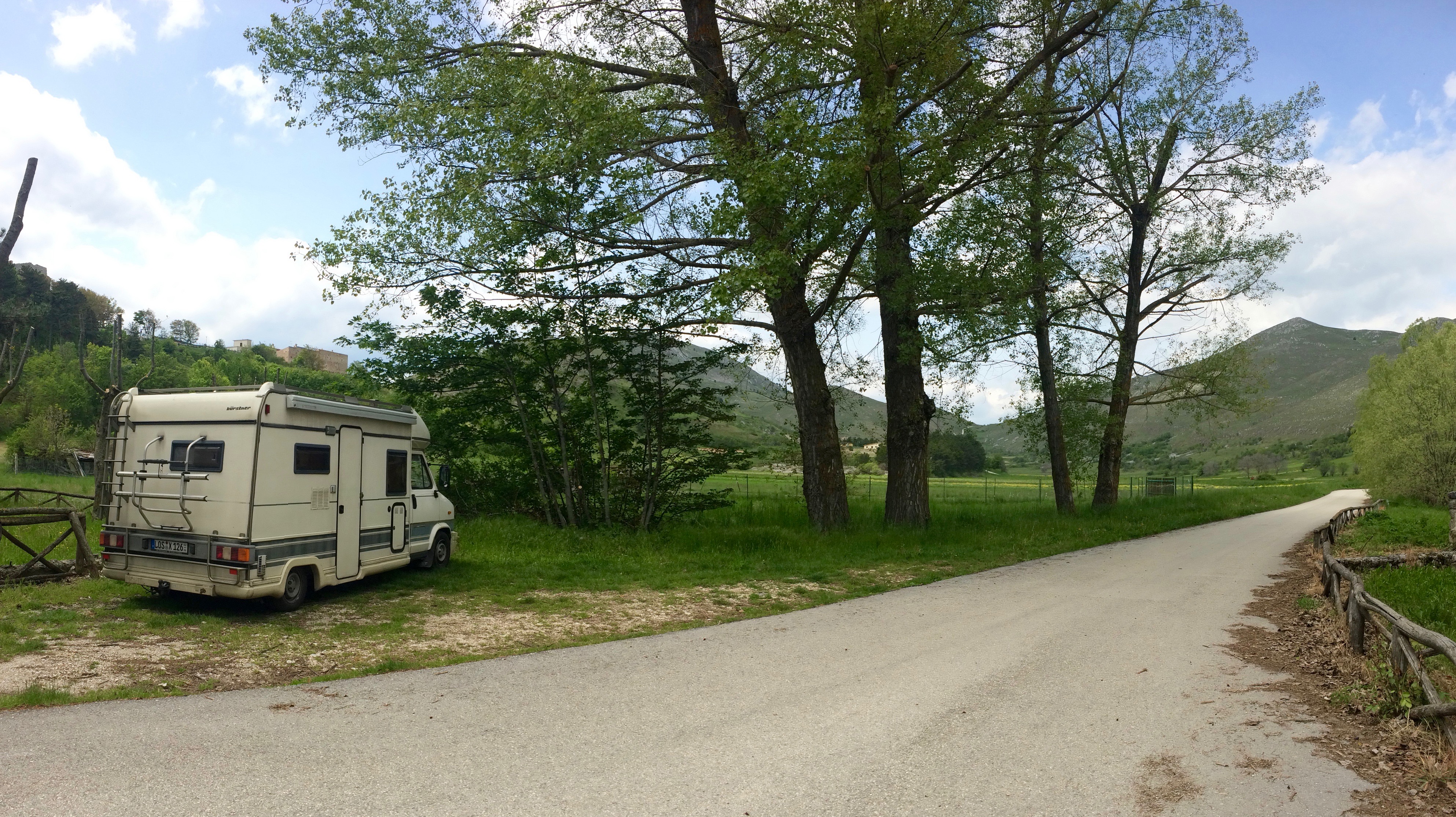
The hike from Santo Stefano to Rocca Calascio took about an hour, and the scenery was beautiful. Best of all, we had the entire ruins to ourselves.
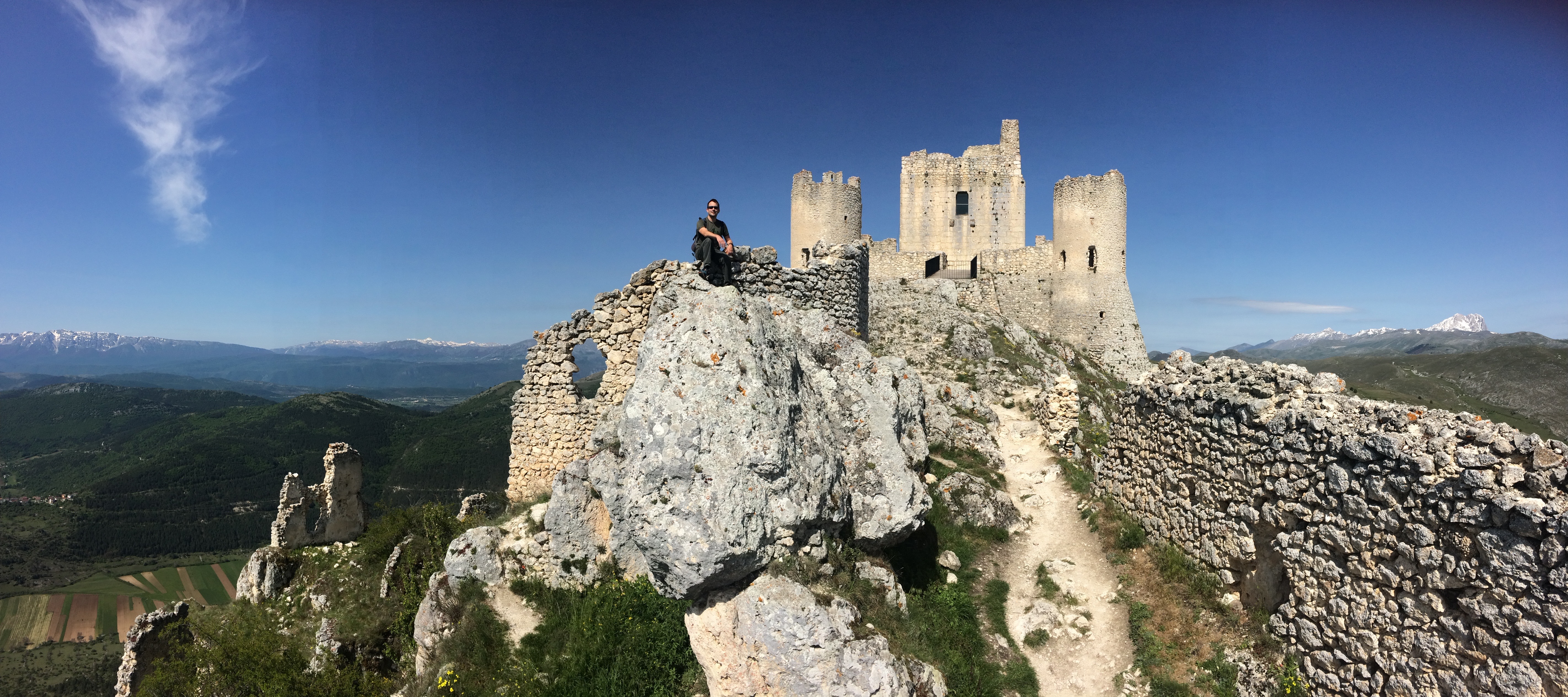
We finished our tour of Abruzzo with a brief visit to Abruzzo’s capital, L’Aquila, which was unfortunately destroyed by a 6.9 earthquake in 2009. Seven whole years have passed, and construction was still ongoing. Most of the city was deserted, with only construction workers, noise, and dust remaining. 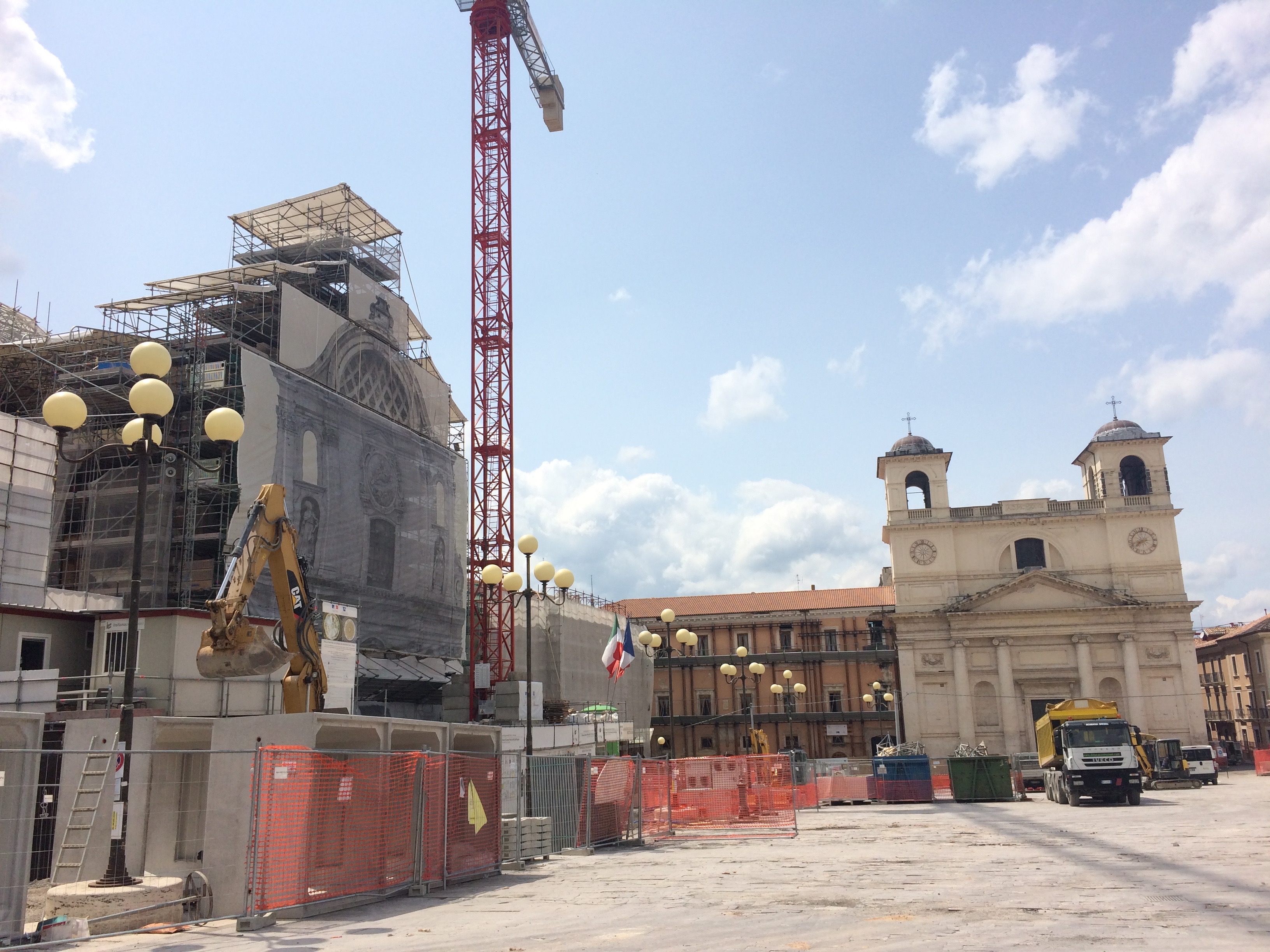
Abruzzo to Italy is like Portugal to Europe–little known, underrated, unspoiled, and absolutely incredible. I would much rather spend time relaxing and enjoying good ol’ Italy in the region of Abruzzo than dodging all the rancor in Italy’s major cities. Even now as I write this, I’m missing the villages, the parks, the people, and the food. I really do think this is my favorite place in Italy.


